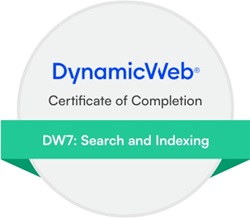Hi Everyone,
I would like to get suggesstion about data storing on PIM and regarding with custom product attribute fields.
Our use case involves managing millions of spare parts and vehicle records, each with their own attributes.
Example:
spare parts : [Weight, Lenght, Height]
Vehicle:[ Make, Model, Year]
Our primary goal is to determine which spare parts are compatible with a list of vehicles. In some cases, a single spare part may be compatible with thousands of vehicles.
Currently, we store vehicles as separate products as we need to get make, model, and year for front-end purposes . For spare parts, we attach the corresponding vehicle IDs. At present, vehicle IDs are stored as comma-separated values in a free-text field. However, when customizing the front-end or using the API, free-text storage may encounter limitations. As an alternative approach, we are considering storing these vehicle IDs in a custom field and using a multi-select field to link each spare part to its compatible vehicle IDs. But this needs us to import millions of option values. We are considering this approach instead of relying on the related product functionality, given that both our spare parts and vehicle datasets are extremely large (in the millions).
Any suggestions or recommendations for handling this use case would be greatly appreciated.













